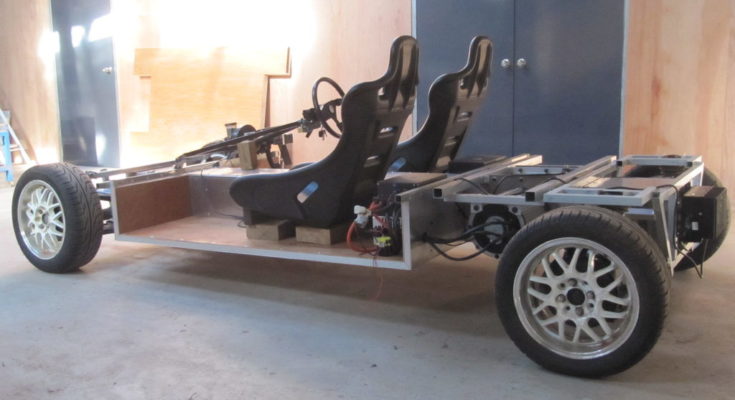As electric vehicle makers go for lighter-weight materials, crash obstruction and battery pack assurance, they are looking to basic cements to help bring those objectives together.
Companies , for example, 3M, Henkel Corp., Lord Corp. what’s more, DuPont thoroughly understand making solid bonds among materials, and now they are applying their aptitude to the EV battery domain.
Adhesives lessen or supplant substantial mechanical latches in EV battery design. They give a more thinner and lighter bond — which can improve EV run — for an assortment of battery parts, and can bond unique materials all the more rapidly and with more adaptability and quality than traditional nuts and bolts.
Adhesives are designed considering increasingly precise hole control and bond parts, for example, battery cells, battery module side boards, cooling plates and more.
3M utilizes two-section epoxy and acrylic auxiliary cements, which attach to an expansive scope of materials for various degrees of solidarity, and urethane epoxy glues, which are best for modules or individual cells and have cooling applications.
Henkel, a German industry and customer merchandise provider, has auxiliary glue items for EVs under a couple of various brands.
Henkel offers Loctite brand basic adhesives that guide assembly of battery cells, battery modules and battery packs. Loctite fixing innovations shield the battery from outer liquids.
Henkel likewise offers Bergquist sans silicone materials, which are fluid hole fillers that deal with the warm burden produced from the battery pack.
“There was no thermal material needed for batteries in a conventional car in the past,” Frank Kerstan, Henkel business advancement supervisor, said. “Of course, it’s a completely different game when you talk about thousands of battery cells.”
Glue provider Lord Corp. made thermally conductive basic glues for EV battery packs instead of a common hole filler or warm cushion. The glues are lightweight and give warm administration between battery cells. Master likewise offers glues for auxiliary holding inside a battery pack.
Materials provider DuPont offers a suite of cements, for example, its Betaseal image. “Our structural adhesives were originally for crash safety related matters,” said Christophe Van Herreweghe, DuPont’s worldwide vital market director for glues get together and the Accelerating Hybrid Electric and Autonomous Driving, or AHEAD, activity.
“They also give a huge benefit in terms of fatigue and driveability comfort of the vehicle,” he said.
As automakers set objectives for longer range, quicker charging, lower cost and that’s only the tip of the iceberg, adhesives stick as probably the best answer.
“There is a need to constantly innovate and bring in new lightweight materials,” Prasanna Srinivasan, supervisor of business advancement and marketing at Lord, said. “Adhesives in general actually add a lot of value to EVs.”
Disclaimer: The views, suggestions, and opinions expressed here are the sole responsibility of the experts. No Just Examiner journalist was involved in the writing and production of this article.




